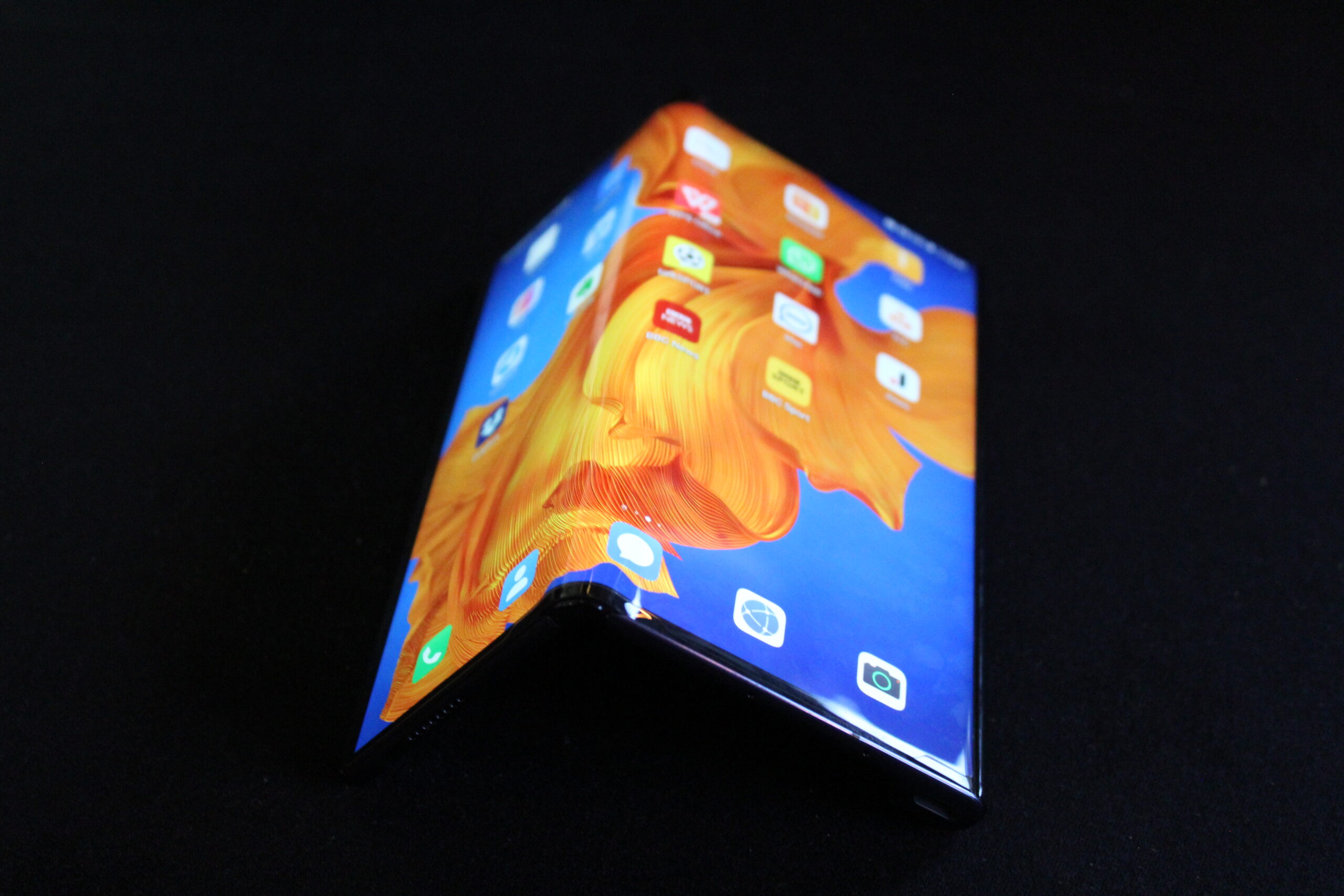Gadget of the Week
Gadget of the Week: Foldable magic
The Huawei Mate Xs 2 crosses the next foldable frontier, writes ARTHUR GOLDSTUCK
What is it?
What a difference a hinge makes. As foldable smartphones enter the fourth generation of their brief lifespans, the mere fact of being foldable is no longer enough to grab attention.
Now, it’s all about how well it folds, and the benefits of the way folds.
The two leaders in the foldable field, Samsung and Huawei, have taken fundamentally different approaches.
Samsung’s new Z Fold4 has been slimmed down by a new hinge design, changing from a system of gears to a system of cylinders that allow for a smoother folding action that is also smaller and longer-lasting.
The Mate Xs 2 uses a proprietary Falcon Wing Design that allows the movement of the hinge and screen to be synchronised in a tiny form factor that allows the folded device to , it measures only 11mm thick, compared to about 16mm for the Fold4.
It also means that the folding crease, still visible on most other foldable handsets, becomes invisible, a stand-out feature when displaying high-res images.
It gets better: unfolded, it comes in at a beautifully thin 5.4mm, versus the Fold4 at 6.3mm. To be fair, in unfolded form, the thickness is barely an issue, as it is not going to be stowed away in a compact space in that state. That said, Huawei does recommend that the Xs 2 be opened while charging. That’s a usability flaw, given that it will take up extra space at a time when it is typically not being used.
The entire battery ecosystem will probably get a makeover by the time the X range hits a 5th generation: it does not support wireless charging, which is another of those hygiene factors that have become essential in handsets. On the plus side, its 66W fast-charging is cutting edge.
Aside from such minor irritations, which apply mostly when the phone is not in use, the Xs 2 is a magical device. From its 6.5-inch front screen, it unfolds outward into a 7.8-inch mini-tablet (versus Fold4’s 7.6-inch), ideal for multi-tasking, perhaps watching a movie or video while working on a document. For us, it came into its own as a device for reviewing and writing about streaming content.
The display is a dazzling 2200 x 2480 pixel, giving 424 pixel per inch density, the best on any foldable we have seen.
The camera setup has advanced significantly from the original Mate X, primarily with the addition of a selfie camera, which somehow never made it onto Huawei’s debut foldable two years ago – the front lens doubled as selfie camera. The 10.7MP lens works best in folded mode, and provides sharp self-images. Thanks to the screen folding into a lip that houses the lenses, the main cameras can be used in the same way in folded or unfolded state, providing a consistent camera experience. The lenses comprise a 50MP main lens with laser auto-focus, 8MP telephoto and 13MP ultrawide. Wide and standard images are flawless, but the 30x optical zoom needs a stable mount to provide sharp images. In that position, it presents startling detail at a distance.
The elephant in the room for Huawei devices is always the absence of Google Mobile Services. The combination of Huawei Mobile Services, The Huawei App Gallery and the Petal Search interface makes this almost a non-issue. The need to find a workaround for Gmail will remain an obstacle for now, but once it is set up on the device, the absence of the Play Store is barely noticeable.
What does it cost?
Recommended retail price starts at just under R40,000.
Why does it matter?
The foldable format is expected to take between 10% and 20% of the high-end handset market this year, with an upward trajectory in the coming years. As a result, the leaders in the segment are going all out to demonstrate technology leadership. Unlike Samsung’s Fold4 keeping the big screen inside the handset, Huawei chose to fold its device outward, so that the front screen seamlessly becomes part of the big screen. While it subjects half the screen to potential scratching, it allows for better continuity in transitions from small screen to big screen
What are the biggest negatives?
- While it allows reverse charging, it does not support wireless charging.
- Users are advised to keep it unfolded while charging – usually the time you want it tucked away somewhere discreetly.
- Default search window takes one to a portal with no instant search option.
What are the biggest positives?
- The 7.8-inch unfolded screen is magical, for a slim device that slides comfortably into a pocket.
- Fast-charging is at the cutting edge, with 66W capacity giving 90% charge in 30 minutes.
- Use of the camera system is consistent in folded and unfolded state.
- Includes a Nano Memory card slot to add up to 256GB storage.
* Arthur Goldstuck is founder of World Wide Worx and editor-in-chief of Gadget.co.za. Follow him on Twitter on @art2gee



















